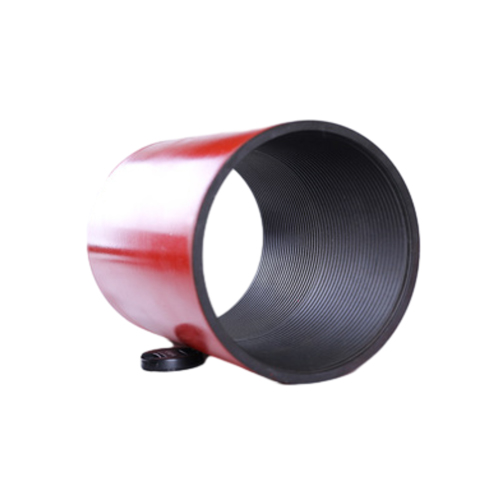- Afrikaans
- Albanian
- Amharic
- Arabic
- Armenian
- Azerbaijani
- Basque
- Belarusian
- Bengali
- Bosnian
- Bulgarian
- Catalan
- Cebuano
- Corsican
- Croatian
- Czech
- Danish
- Dutch
- English
- Esperanto
- Estonian
- Finnish
- French
- Frisian
- Galician
- Georgian
- German
- Greek
- Gujarati
- Haitian Creole
- hausa
- hawaiian
- Hebrew
- Hindi
- Miao
- Hungarian
- Icelandic
- igbo
- Indonesian
- irish
- Italian
- Japanese
- Javanese
- Kannada
- kazakh
- Khmer
- Rwandese
- Korean
- Kurdish
- Kyrgyz
- Lao
- Latin
- Latvian
- Lithuanian
- Luxembourgish
- Macedonian
- Malgashi
- Malay
- Malayalam
- Maltese
- Maori
- Marathi
- Mongolian
- Myanmar
- Nepali
- Norwegian
- Norwegian
- Occitan
- Pashto
- Persian
- Polish
- Portuguese
- Punjabi
- Romanian
- Russian
- Samoan
- Scottish Gaelic
- Serbian
- Sesotho
- Shona
- Sindhi
- Sinhala
- Slovak
- Slovenian
- Somali
- Spanish
- Sundanese
- Swahili
- Swedish
- Tagalog
- Tajik
- Tamil
- Tatar
- Telugu
- Thai
- Turkish
- Turkmen
- Ukrainian
- Urdu
- Uighur
- Uzbek
- Vietnamese
- Welsh
- Bantu
- Yiddish
- Yoruba
- Zulu
what is the difference between casing and tubing?
The Difference Between Casing and Tubing in Oil and Gas Production
In the oil and gas industry, the terms casing and tubing refer to essential components of well construction and production. While both are integral to the drilling process, they serve distinct purposes and have different characteristics. Understanding these differences is vital for engineers, geologists, and anyone involved in petroleum extraction.
What Is Casing?
Casing is a series of large-diameter pipes that are installed in the wellbore after drilling. Its primary function is to stabilize the wellbore and prevent the surrounding geological formations from caving in. Additionally, casing helps protect the groundwater from contamination and isolates the various pressure zones within the reservoir. Casing is typically cemented in place to create a secure barrier that maintains the integrity of the well.
There are several types of casing, each designated for specific stages of the drilling operation. The most common include
1. Surface Casing This is the first casing installed and extends from the surface down to a predetermined depth. Its primary purpose is to protect freshwater aquifers and support the well structure.
2. Intermediate Casing Installed after surface casing, this type helps to isolate different pressure zones and provides additional support as drilling continues deeper.
3. Production Casing The final casing installed that extends to the target reservoir zone. It enables the production of oil or gas while maintaining the integrity of the formation.
Casing materials are generally steel, which provides the necessary strength to withstand high pressures and corrosive environments.
What Is Tubing?
Tubing, on the other hand, is a smaller-diameter pipe that runs through the interior of the casing. Its primary role is to transport hydrocarbons (oil or gas) from the reservoir to the surface. Tubing is installed after the casing has been cemented in place and is specifically designed to withstand the pressure of the produced fluids.
what is the difference between casing and tubing?

Key characteristics of tubing include
- Diameter Tubing typically has a smaller diameter than casing, which allows for easier flow of hydrocarbon fluids. - Connection Tubing consists of various sections that are connected using threaded joints, allowing for easy removal and replacement during operations or maintenance. - Material Tubing is also made of steel, but it may feature special coatings or grades to enhance its resistance to corrosion and wear caused by produced fluids.
Key Differences Between Casing and Tubing
1. Function Casing is primarily for structural integrity and protection of the wellbore, while tubing focuses on the transportation of oil and gas to the surface.
2. Diameter Casing has a larger diameter compared to the smaller tubing, which facilitates hydrocarbon flow.
3. Installation Order Casing is set first and cemented in place before tubing is installed within it.
4. Pressure Management Casing is designed to handle external pressures from surrounding formations, while tubing must withstand the internal pressure caused by the flow of hydrocarbons.
5. Maintenance Tubing can be easily removed and replaced for maintenance, whereas casing is a permanent part of the well once installed.
Conclusion
In summary, while casing and tubing are both essential for the drilling and production processes in the oil and gas industry, they serve different purposes, have different sizes, and require distinct installation techniques. Understanding these differences is crucial for successful well completion and production while maintaining safety and environmental standards. Both components work together to ensure the efficient extraction of valuable natural resources.
-
Tubing Pup Joints: Essential Components for Oil and Gas OperationsNewsJul.10,2025
-
Pup Joints: Essential Components for Reliable Drilling OperationsNewsJul.10,2025
-
Pipe Couplings: Connecting Your World EfficientlyNewsJul.10,2025
-
Mastering Oilfield Operations with Quality Tubing and CasingNewsJul.10,2025
-
High-Quality Casing Couplings for Every NeedNewsJul.10,2025
-
Boost Your Drilling Efficiency with Premium Crossover Tools & Seating NipplesNewsJul.10,2025







